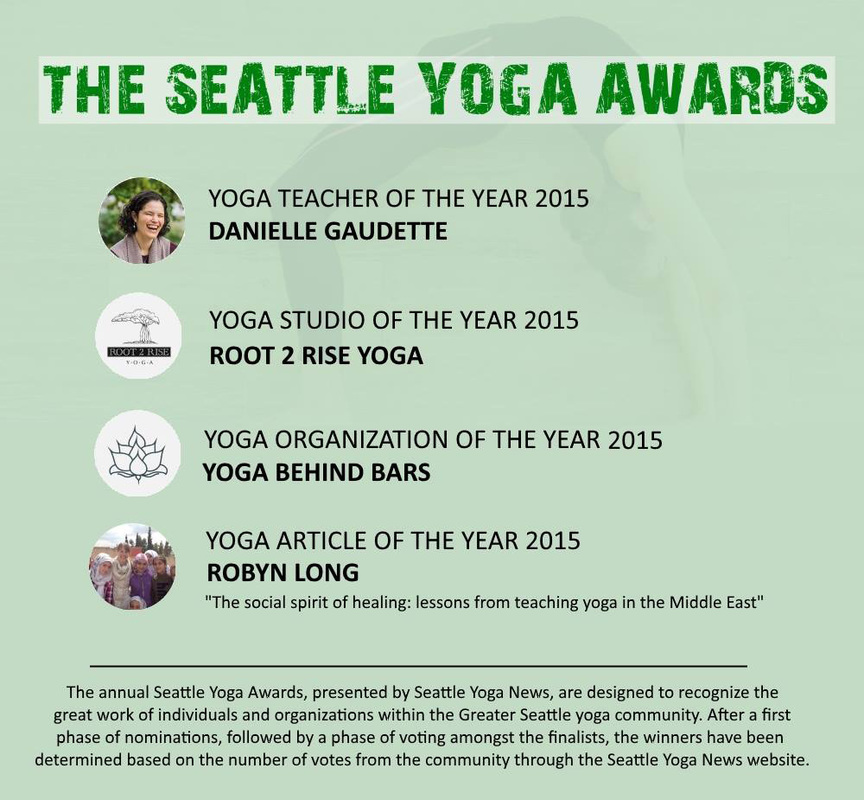|
This year’s summer solstice, on June 21, marks the first International Day of Yoga. The day was declared by the United Nations after India’s Prime Minister Narendra Modi put forth a resolution for the day in order to promote India’s traditions and invaluable contributions to holistic health and wellbeing. People around the globe will be celebrating the summer solstice and International Yoga Day. Here’s an overview of how people will mark the event, including my upcoming Yoga, Mantra, and Mindfulness program.
How will people celebrate International Day of Yoga? To mark June 21 as International Yoga Day, the Indian Ministry of Ayurveda, Yoga, and Naturopathy, Unani, Siddha, and Homeopathy (AYUSH) called upon several leading yoga institutes to create a 35-minute Common Protocol that people around the world will practice. The institute where I studied, Krishnamacharya Yoga Mandiram (KYM), has been part of this collective effort. There are hundreds of classes around the world that will follow this protocol. The full practice is available on YouTube. In addition to the Common Protocol, yoga practitioners will pay tribute to the summer solstice by practicing Sūrya Namaskāra, the Sun Salutations. In India, Sūrya Namaskāra was traditionally a sequence of mantras that were chanted to honor the sun. A mantra is a set of syllables, sounds, or phrases, which can be chanted orally or silently. The mantras were chanted at sunrise every day, facing the direction of the rising sun, and took a full hour to recite. After each passage the practitioner would perform a complete prostration. Today in North America and Europe, Sūrya Namaskāra is more commonly known as a sequence of postures. The earliest known reference to postures in Sūrya Namaskāra is found in the teachings of Sri T. Krishnamacharya, who was the guru to several prominent yoga teachers including K. Pattabhi Jois, B. K. S. Iyengar, and his own son T. K. V. Desikachar, whom I have had the honor of studying under. The asanas that Sri T. Krishnamacharya instructed are internationally recognized as the basis for the modern version Sūrya Namaskāra as it is practiced in several yoga traditions. His original sequence was used as a sadhana, a spiritual practice, because it drew upon asana, pranayama, mantra, and meditation techniques equally. Interested in practicing Sūrya Namaskāra this Sunday, as the sun makes it’s longest journey across the sky? Robin Rothenberg, director of Essential Yoga Therapy in Fall City, Washington, has an excellent post outlining three versions of Sūrya Namaskāra (including photos, instruction, and videos!). Upcoming Yoga, Mantra, and Mindfulness Program: Sūrya Namaskāra One of the most profound lessons that I learned while studying yoga at KYM was how to deepen my personal practice by using mantras. In honor of International Yoga Day, I am kicking off a series of posts with programs on how to incorporate mantras into your own practice. Why am I focusing on mantras? Focusing on a mantra in yoga is a powerful tool to direct our mind’s attention towards the practice, thus helping us achieve greater mindfulness. In Sanskrit, mantra is a term that combines two words: mananat (reflection) and trayate (protection). According to yoga tradition, we see and experience the quality of a mantra when we chant and reflect on its meaning. For example, mantras that focus on the sun embody the qualities of light, energy, and radiance. Research has also found that chanting, which creates vibrations in the throat, chest, abdomen and jaw, stimulates vagal sensory afferents. The first program will focus on the bija mantras associated with Sūrya Namaskāra. Bija means “seed”, and bija mantras are syllables in the Sanskrit alphabet that connect to different energetic points. There are 6 bija mantras for Sūrya Namaskāra: hram, hreem, hroom, hraim, hroum, hrahaha. I hope that you will join me for this inspiring (and free!) practice based on the teachings of Sri Krishnamacharya and Mr. Desikachar. You will receive handouts that outline simple sequences, steps, and ideas for tailoring mantras to your personal yoga practice. Sign-up for my newsletter to get the kick-off email updates. Until then, I leave you with a quote from Mr. Desikachar that captures the essence of yoga: “The success of yoga does not lie in the ability to perform postures but in how it positively changes the way we live our life and our relationships.”
0 Comments
|
It is a tremendous honor that my article on sharing yoga with Syrians won "Yoga Article of the Year" in Seattle Yoga News. Endless gratitude to everyone who was part of and supported this inspiring project.
Archives
July 2017
Categories
All
|


 RSS Feed
RSS Feed